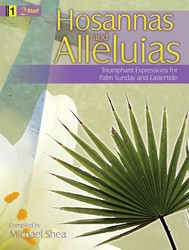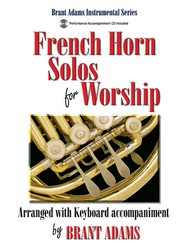Light of those whose dreary dwelling. C. Wesley. [Christmas.] First published in his Hymns for the Nativity of Our Lord, 1746, No. xi., in 3 stanzas of 8 lines (Poetical Works, 1868-72, vol. iv. p. 116). It was adopted by M. Madan in 1760, B. Conyers in 1774, A. M. Toplady in 1776, and most evangelical hymnal compilers of that period. At the first it was retained in an unaltered form, but the changes made by Toplady in 1776 were followed by others, until at the present time, although found in numerous collections in all English-speaking countries, it is difficult to find any two texts alike. The secret lay in its being a purely Arminian hymn, but so constructed that it could be easily turned to account by Calvinists. For the alterations in use, Toplady, 1776, Cotterill, 1810, Bickersteth, 1833, and Elliott, 1835, are mainly answerable. In 1830 it was given in the Supplement to the Wesleyan Hymn Book in an unaltered form.
--John Julian, Dictionary of Hymnology (1907)


 My Starred Hymns
My Starred Hymns






